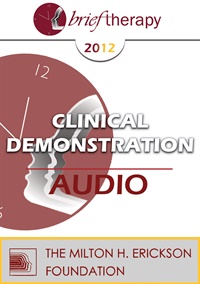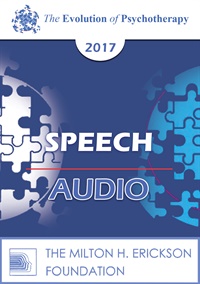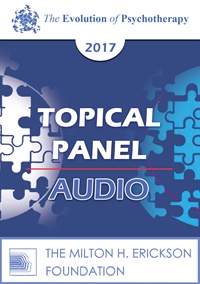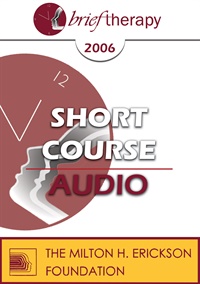CC17 Workshop 11 - The “Deal Breaker”: Detection and Intervention - Stan Tatkin, PsyD, MFT
- Average Rating:
- Not yet rated
- Topic Areas:
- Couples Therapy | Workshops | Conflict | Psychobiological Approach to Couples Therapy (PACT)
- Categories:
- Couples Conference | Couples Conference 2017 | Pioneers in Couples and Family Therapy
- Faculty:
- Stan Tatkin, PsyD, MFT
- Duration:
- 1:20:34
- Format:
- Audio Only
- Original Program Date:
- Apr 02, 2017
- License:
- Never Expires.
Description
Description: This workshop explores how to identify and resolve deal breakers—conflicts that, left unaddressed, threaten the viability of a relationship. Grounded in a psychobiological approach, Tatkin outlines a structured process that supports secure functioning, including techniques like cross-questioning, the five-minute argument, and amplifying conflict for clarity. Therapists are encouraged to take the long view, helping partners face uncomfortable truths while strengthening alliance and accountability.
Syllabus Description: The PACT therapist is always moving couples toward secure functioning. A deal breaker is a conflict between partners for which there is no workable solution. Deal- breakers lead partners to a dead-end and therefore threaten the existence of the relationship. The couples therapist must play the long game as partners almost always are playing the short game. To them, facing a deal-breaker squarely triggers fear of loss, and so it is avoided. If secure functioning is to be a therapeutic goal, the couples therapist has a duty to keep partners from bending reality and avoiding deal-breakers. In this two-hour workshop, attendees will learn how to detect large and small deal-breakers and how to apply a well-defined process for guiding the couple toward dissolving the deal-breaker for good.
Educational Objectives:
● List at least three examples of deal-breakers
● Identify, amplify, and work through deal-breakers
● Apply at least three interventions for dealing with deal-breakers
Credits
Handouts
| Ericksonian Learning Snapshot (246.1 KB) | 2 Pages | Available after Purchase |
Faculty

Stan Tatkin, PsyD, MFT Related Seminars and Products
Stan Tatkin, PsyD, MFT, is a clinician, researcher, teacher, and developer of A Psychobiological Approach to Couple Therapy (PACT®). He has a clinical practice in Calabasas, CA, where he has specialized for the last 15 years in working with couples and individuals who wish to be in relationships. He and his wife, Tracey Boldemann-Tatkin, developed the PACT Institute for the purpose of training other psychotherapists to use this method in their clinical practice.











